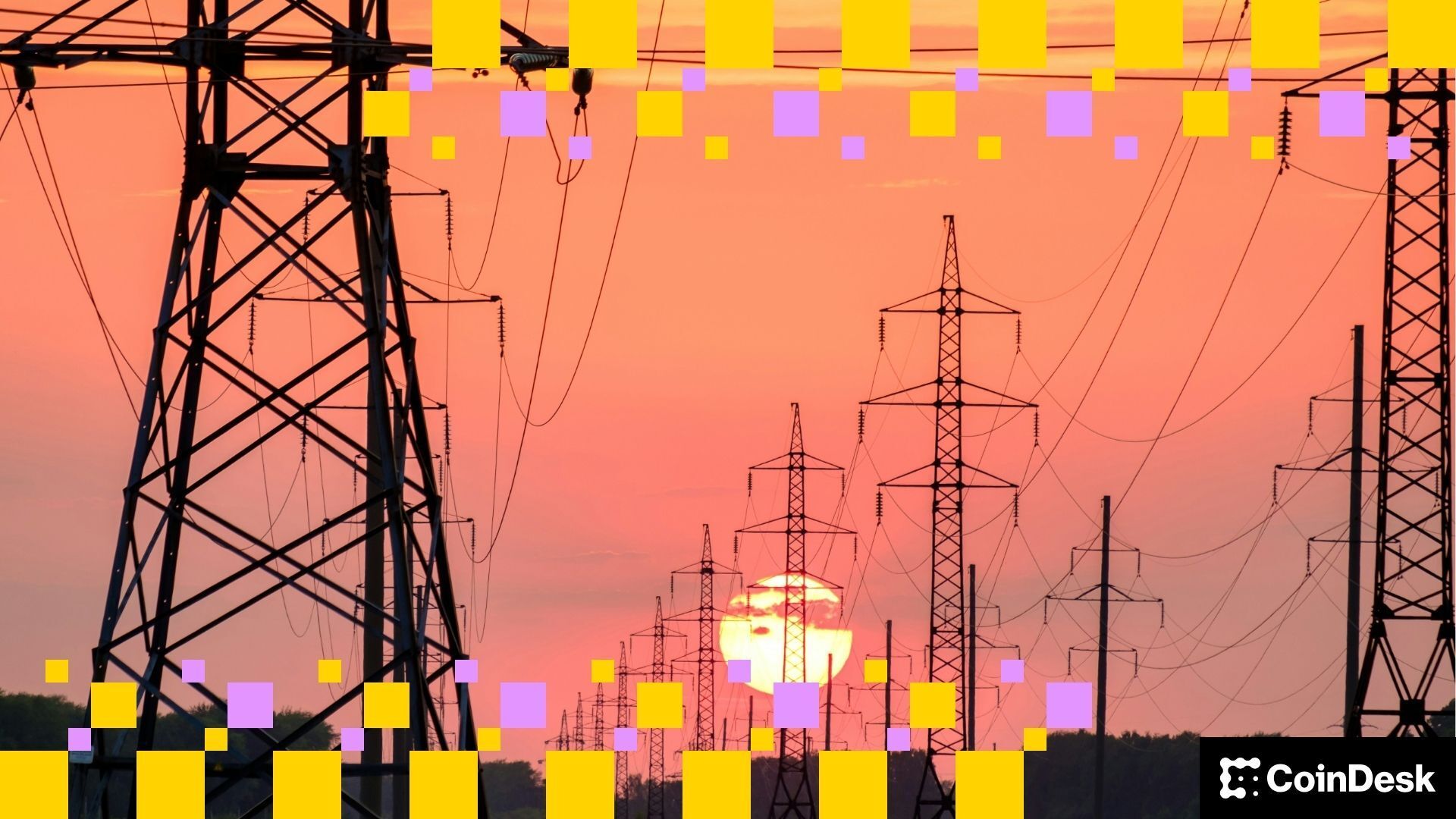
The Future of AI and America’s Infrastructure: A Call to Action
AI is no longer an emerging technology; it is now a cornerstone of modern life, akin to how electricity shaped the 20th century and the internet changed the 21st. Each major establishment, from healthcare to defense, is integrating AI into its functions, making it imperative to enhance the underlying infrastructure.
Despite the escalating demand for AI, the current infrastructure cannot keep pace. In 2024, U.S. data centers consumed approximately 200 terawatt-hours of electricity, equivalent to the annual power consumption of Thailand. Projections suggest that by 2028, AI’s energy requirements could surge to between 165 and 326 terawatt-hours, possibly enough to supply 22% of U.S. households. The current energy grid is being pushed to its limits, and it is struggling to adapt to this rising need.
 AI Energy Demand
AI Energy Demand
What You Should Know:
- The role of AI is critical in contemporary society, yet existing infrastructure is inadequate to meet its needs.
- The U.S. is at risk of being outpaced by China in AI innovation due to insufficient infrastructure and energy resources.
- Shifting to decentralized systems and investing in diversifying infrastructure may allow the U.S. to maintain its leadership in AI while encouraging resilience and innovation.
As AI adoption accelerates, shortcomings in the energy supply and computational access will impede progress, jeopardizing its transformative advantages across various fields.
While the United States currently leads in AI technology, the competition is intensifying. China’s advancements are aggressive and funded, with developments like the DeepSeek model R1, which matches top-tier U.S. solutions. If these trends continue, the U.S. could lose its competitive advantage.
A focused shift towards decentralized systems is crucial. Centralized data hubs are becoming outdated, leading to potential vulnerabilities. Decentralized alternatives can leverage local renewable energy sources, fostering scalability and flexibility.
Path Forward: To facilitate progress in AI infrastructure, we must:
- Provide incentives for developing distributed systems.
- Support federal funding for advanced research and development in distributed computing.
- Utilize federal resources for new energy sources, such as advanced nuclear power.
Taking these actions can address our energy challenges and empower small developers to innovate without reliance on major tech firms. The U.S. must seize this opportunity to redefine its approach to AI infrastructure, ensuring resilience and maintaining freedom in technological development.
In conclusion, to secure America’s position as a leader in AI, decisive action is essential. As we face new AI demands, we must prioritize building robust and flexible infrastructures today.
